A Design Student in the Rainforest
A Design Student in the Rainforest: Gaining a Broader Understanding of Material Development and Research
During the summer program at the SFS Center for Rainforest Studies in Australia, students prepare a research proposal as a culmination of the course, “Techniques for Rainforest Research.” Working on a research proposal has proven to be a great introduction to the field of research. At my home institution, Rhode Island School of Design, I major in Apparel Design, and have not had the opportunity to take any courses related to scientific research. Unlike many of my peers at RISD, I actively follow innovators in the fashion industry who are working towards creating a circular economy. In my own practice, I choose to work with deadstock fabric instead of buying new material, and I have begun to teach myself how to draft patterns so that there is no excess fabric waste when the pattern pieces are being cut.

However, my studio classes do not teach environmentally conscious design strategies; I long to expand my understanding of the sorts of innovation that include all aspects of the industry, from raw material to final product. There are a considerable number of materials on the current market that are advertised as “eco-friendly,” or “sustainable,” but what does that mean in a long supply chain that is fraught with fuel emissions, toxic chemicals, water effluent, and solid waste material? I am interested in exploring the properties found in agricultural by-products, that can be applied to the fashion industry. For example, during the industrial pineapple harvest, the pineapple leaves are typically burned or composted. Dr. Carmen Hijosa (Royal College of Art, London) has developed a non-woven textile that acts as a leather alternative from the fiber in pineapple leaves. I am extremely interested in this field of material research that explores the possibilities and properties of waste material and aims to generate industries that are both environmentally and economically viable.
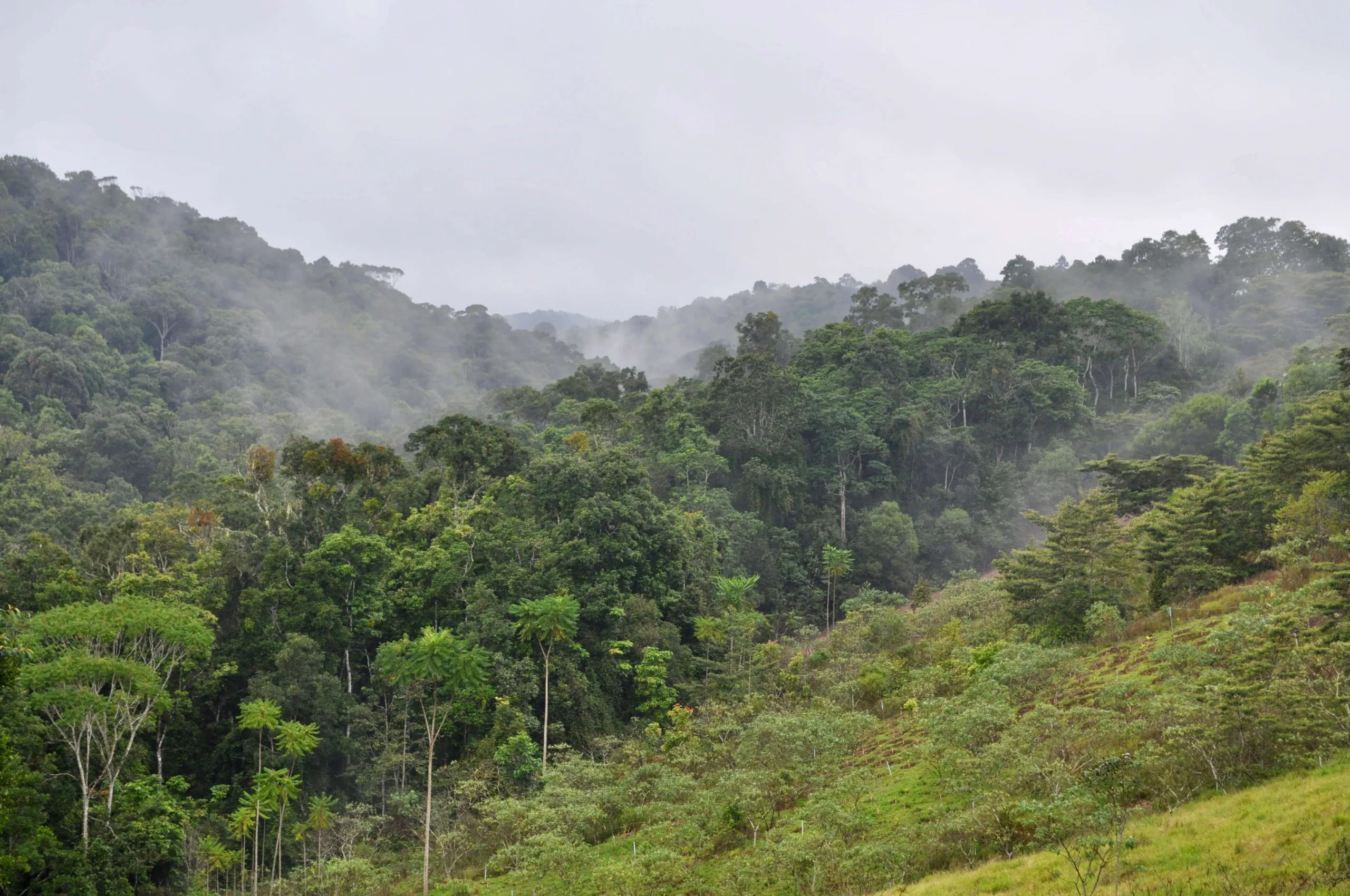
Here at the School for Field Studies, I have become familiar with the terms and methods that are standard in both exploratory and pilot studies. My research proposal focuses on the possibilities of re-using solid by-products from agricultural coffee production in the Tablelands of Northern Queensland. I am working alongside a student majoring in both philosophy and biology to design this mock study. Our teamwork has helped me recognize the rewards associated with collaborating with someone with a different body of knowledge than mine. As a class, we took a field excursion to Skybury, a leading coffee producer in Australia. The Business Development Manager talked with us about Skybury’s values and environmental practices while we walked around the different coffee plots. We observed the mechanics of a harvesting machine and saw their large compost pile, creating rich organic matter from their solid agricultural waste. My partner and I asked many pointed questions to help our comprehension of both their agricultural practices and waste products. Visiting Skybury was an advantageous academic excursion as it allowed us to design a proper exploratory study of the feasibility of re-using agriculture waste from coffee production in the region surrounding the Center for Rainforest Studies.
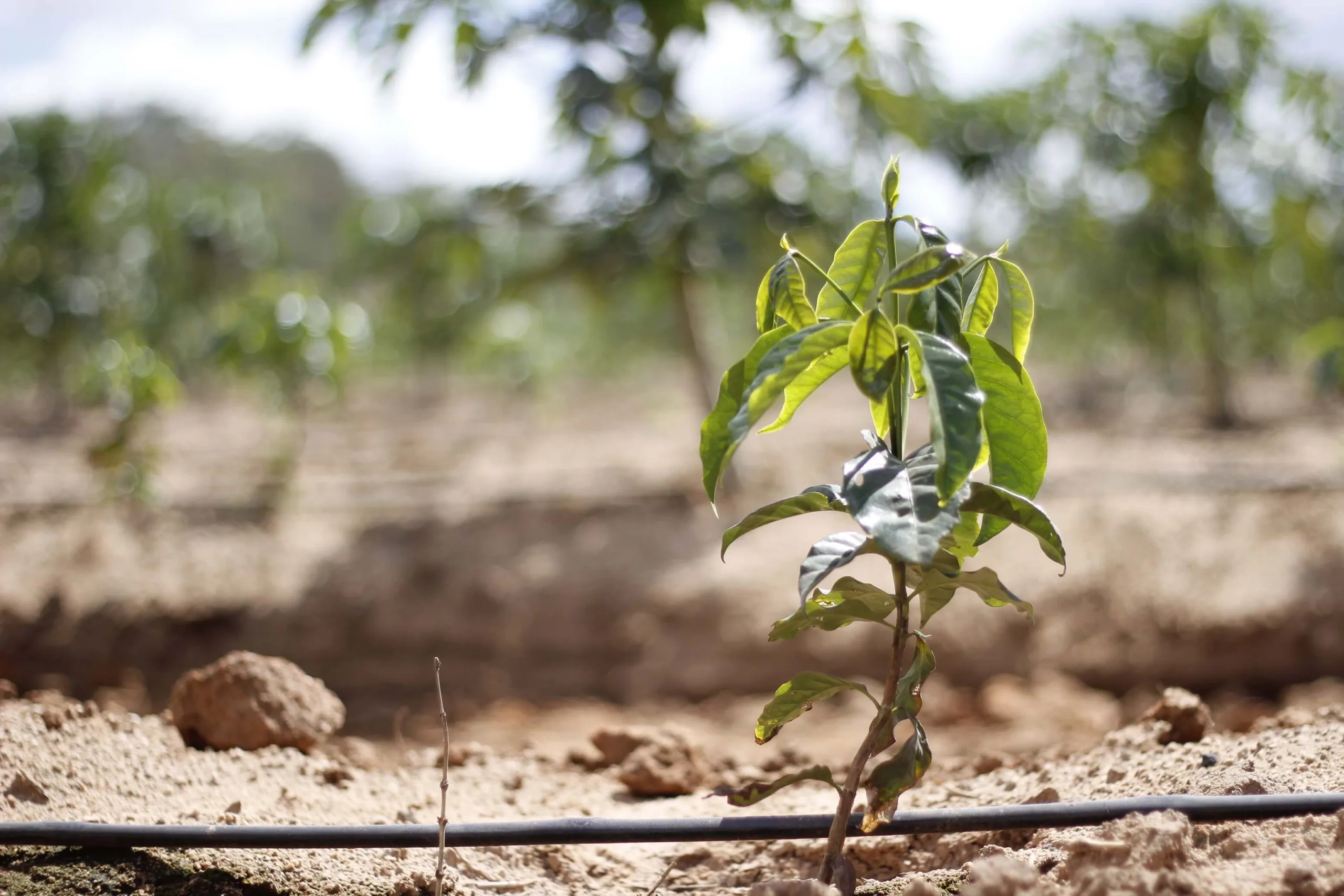
Photo courtesy of Bridget O’Hara
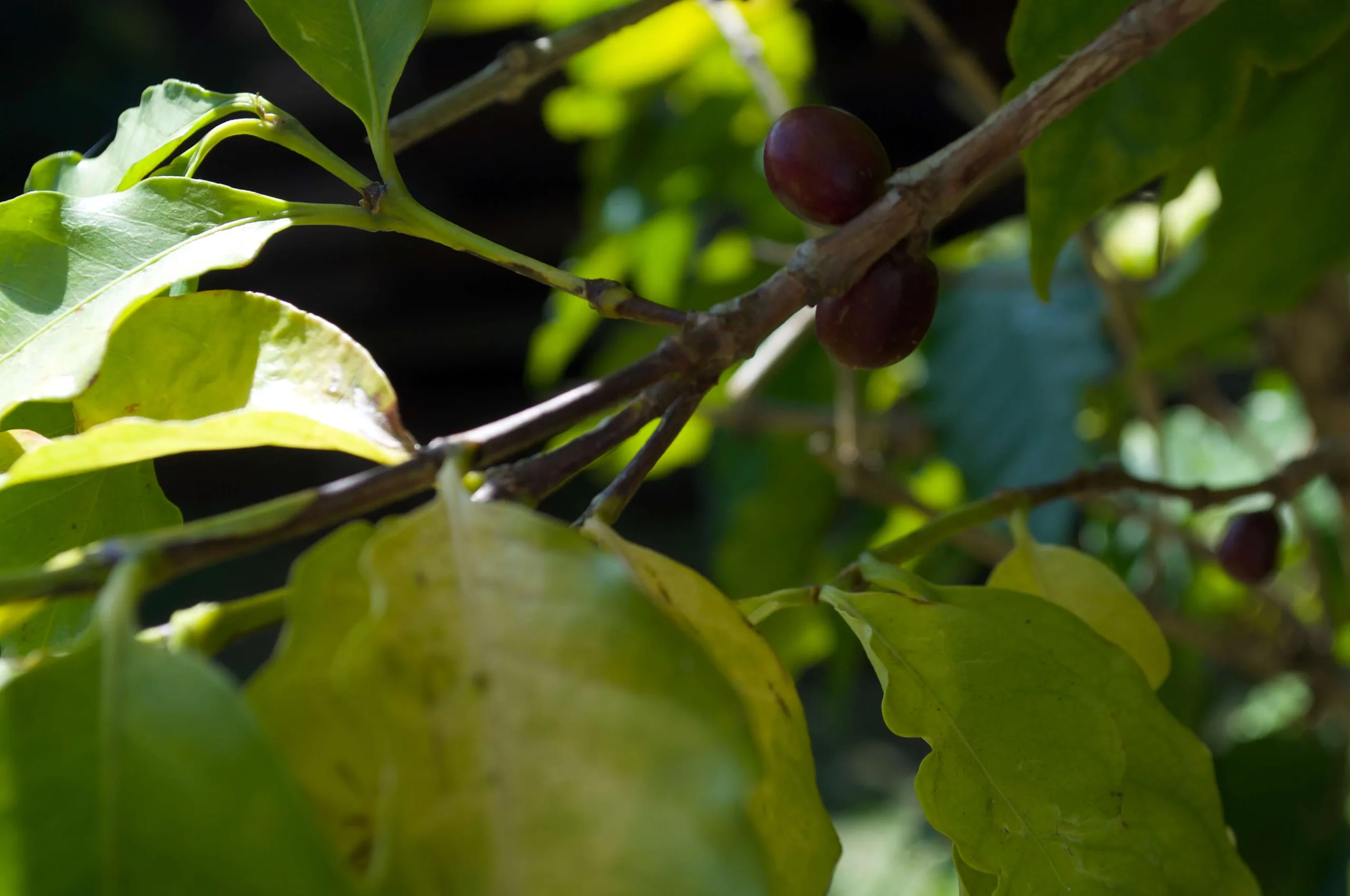

We chose to do our research specifically on the waste generated on site, including coffee husks, pulps, and silver skins. There has already been extensive research on the potential applications for spent coffee grounds, resulting in a wide range of innovative materials. However, these products do not benefit the farmers who grew, processed, and cared for the original coffee plants. Through the design of this study, I have learned how to write pointed interview questions, write surveys that will generate the information needed, and the possible limitations of conducting a study in the Wet Tropics. For one, Australia is a niche contributor to global coffee production, and ideally this study would take place in a location where a higher sample size would be available. Ultimately, I am excited to return to RISD, after completing the course “Techniques for Rainforest Research,” with new insights on material development.
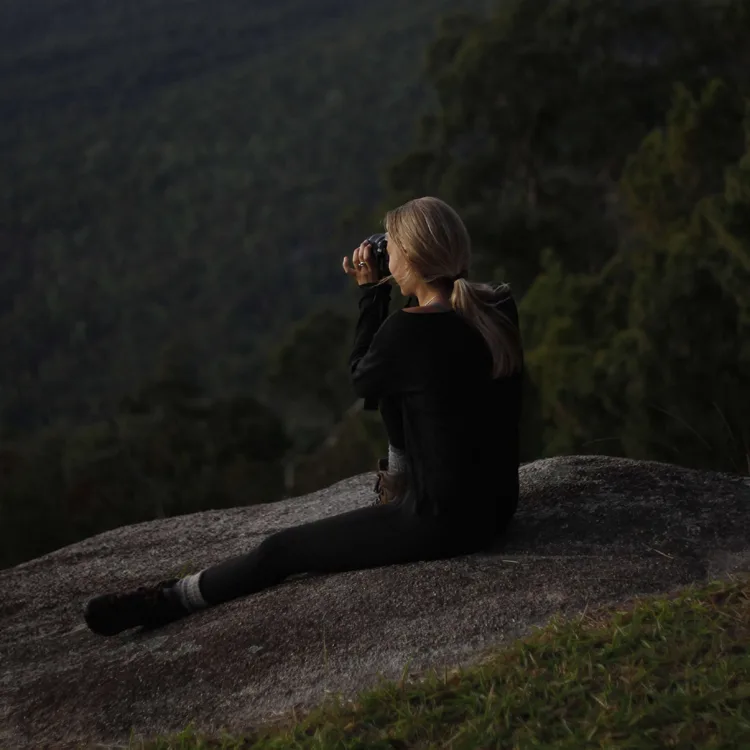
Photo courtesy of Bridget O’Hara
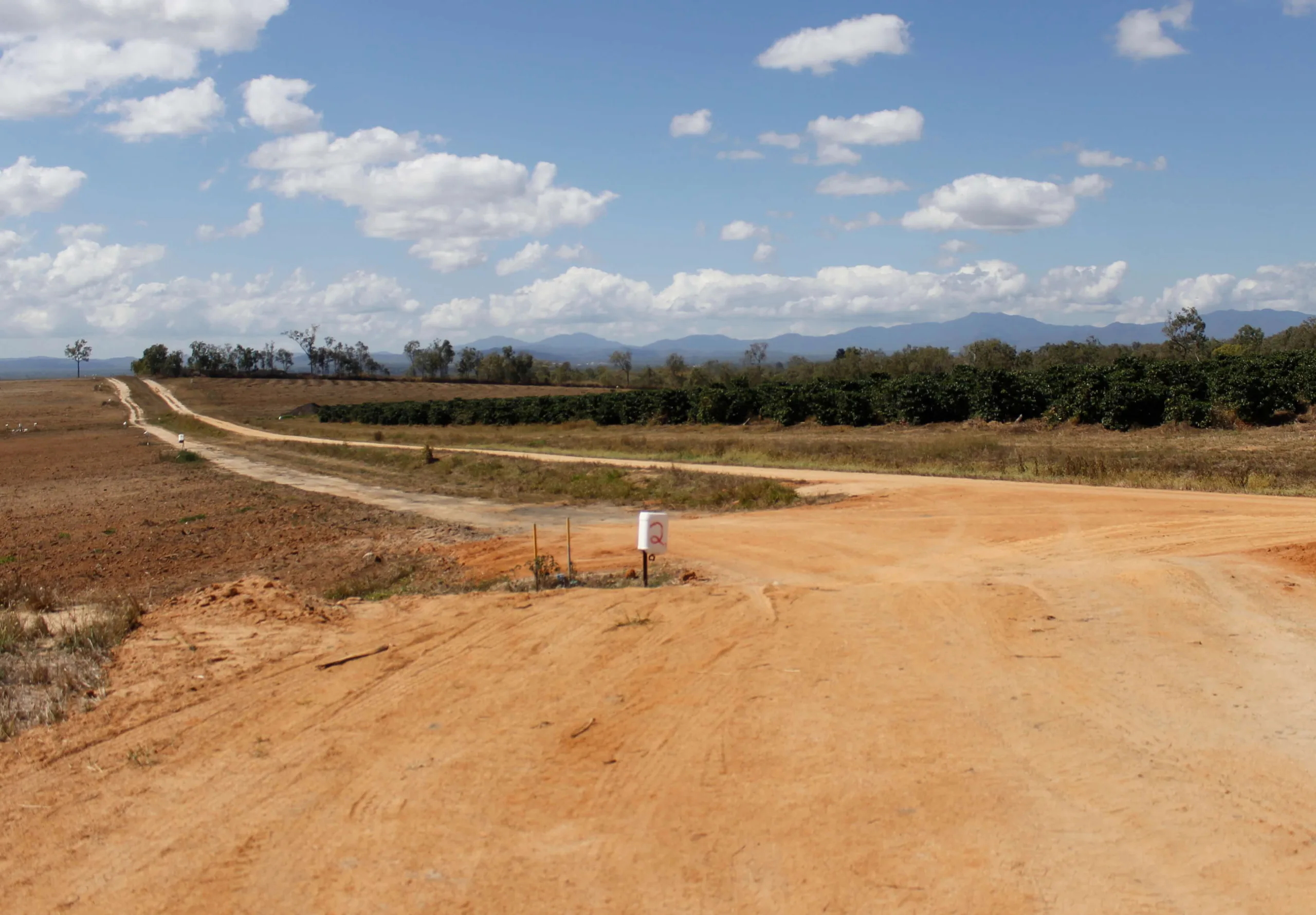
Photo courtesy of Bridget O’Hara
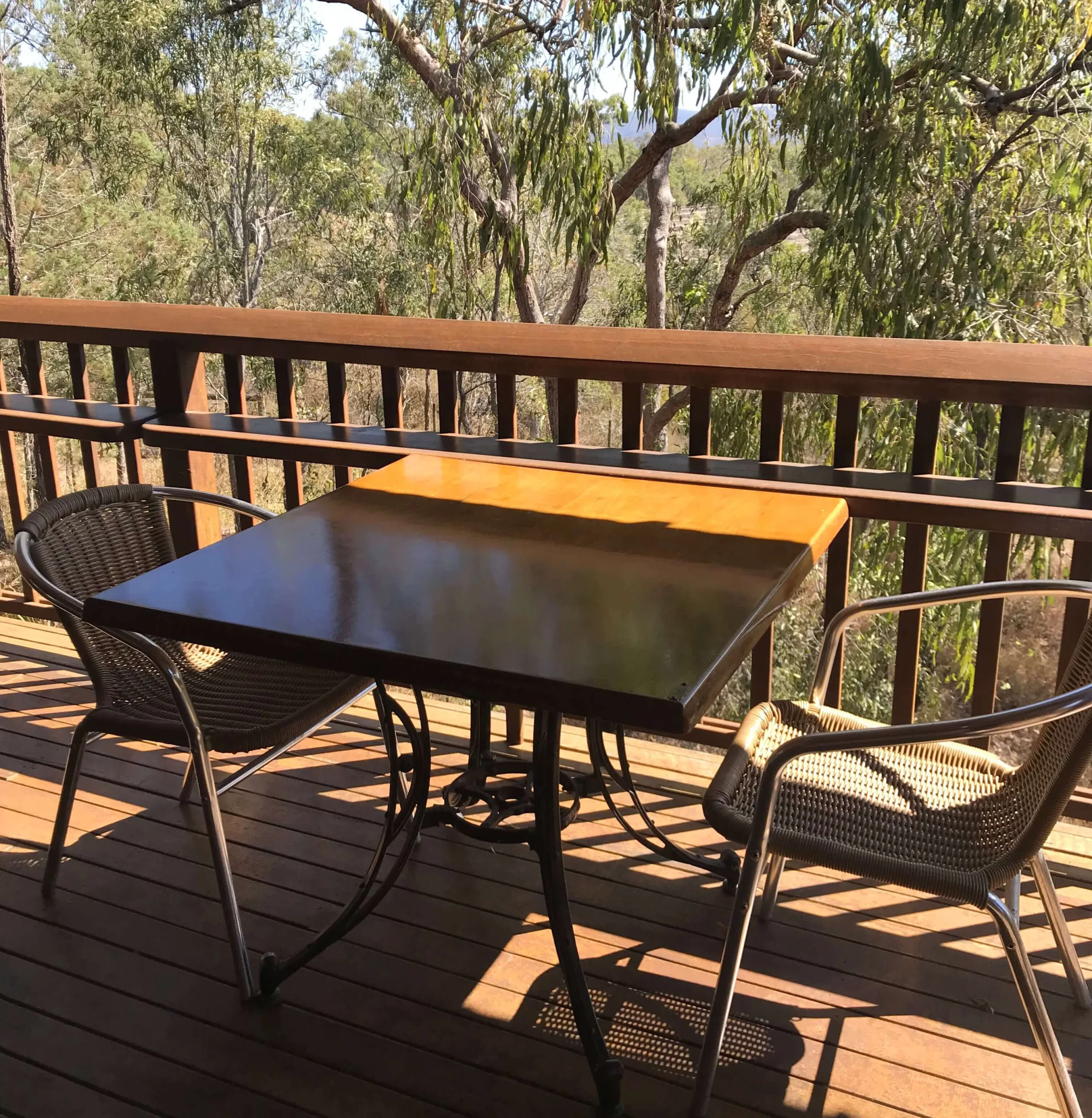
Related Posts

Camila Rojas: Alumni Spotlight⭐

